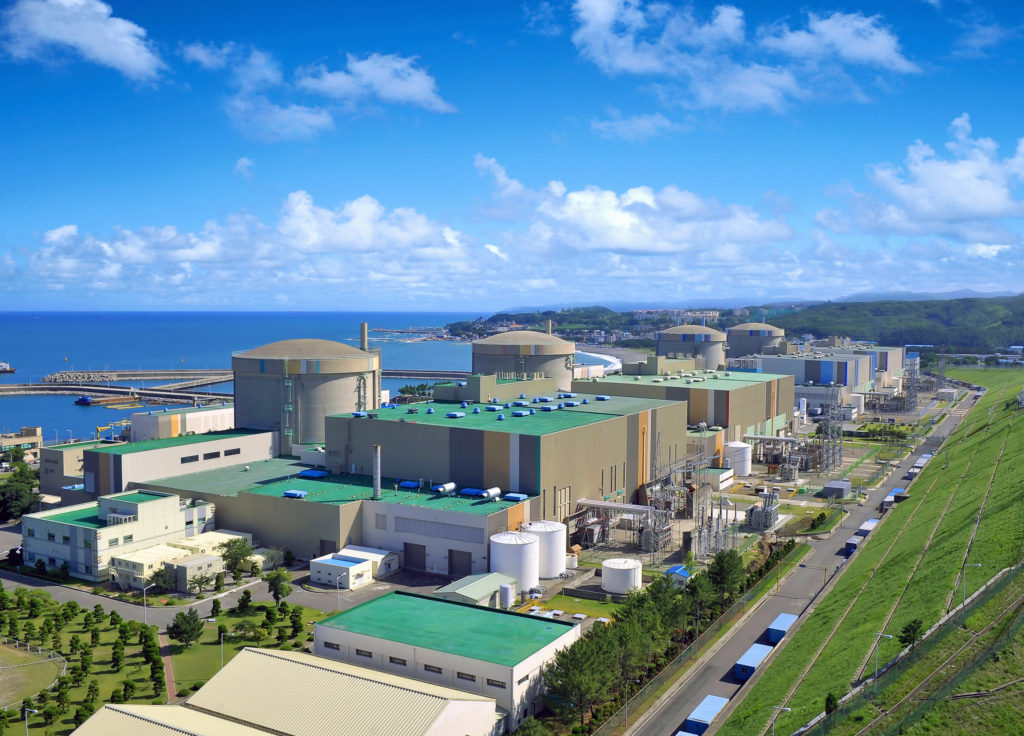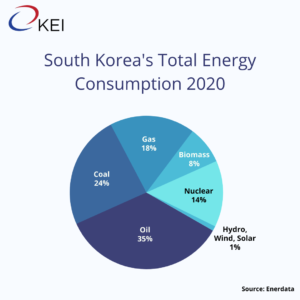The Peninsula
South Korea’s Economic Rationale for Nuclear Energy
Published July 9, 2022
Author: Kaitlyn King, Korea View
Category: South Korea, Economics, Current Events

President Yoon Suk Yeol announced on July 5 that South Korea will expand its nuclear energy production to more than 30% of total electricity creation by 2030 from the current level of 27.4%. This is part of a broader plan to use nuclear, hydrogen, and renewable sources of energy to decrease fossil fuels as a share of total energy consumption from 82% to around 60%. Yoon plans to expand the nuclear sector by adding four new nuclear reactors to the current 24 and allocating resources to related projects. While the previous administration was wary of nuclear energy due to public concerns around safety, the current government’s bullishness shows greater sensitivity to economic rationale.

With inflation at a 24-year high and high unemployment, the Yoon administration’s priority is boosting economic productivity. For Korea’s businesses and energy-consuming industrial sector, nuclear energy provides low-cost electricity at just 61.5 Korean Won (KRW) per kWh, compared to solar’s 149.9 KRW. However, this cost efficiency is expected to decline if the government does not actively promote and grow the industry.
Domestically, nuclear energy-related projects under the new plan are expected to potentially create over 100,000 new jobs. Simultaneously, continued development of the domestic nuclear capacity opens export opportunities. The government plans to export 10 nuclear reactors and foster greater foreign interest in Korea’s nuclear power technology.
From a climate change mitigation perspective, nuclear energy may also present a more cost-effective path to fulfilling stated green goals. While renewable energy has been at the center of the previous administration’s efforts to address both climate change and hedge against instability in the international energy market, it currently offers lower capacity at a higher cost.
This briefing comes from Korea View, a weekly newsletter published by the Korea Economic Institute. Korea View aims to cover developments that reveal trends on the Korean Peninsula but receive little attention in the United States. If you would like to sign up, please find the online form here.
Korea View was edited by Yong Kwon with the help of Jae Chang, Kaitlyn King, Yu Na Choi, and Mai Anna Pressley. Picture from the flickr account of the IAEA
